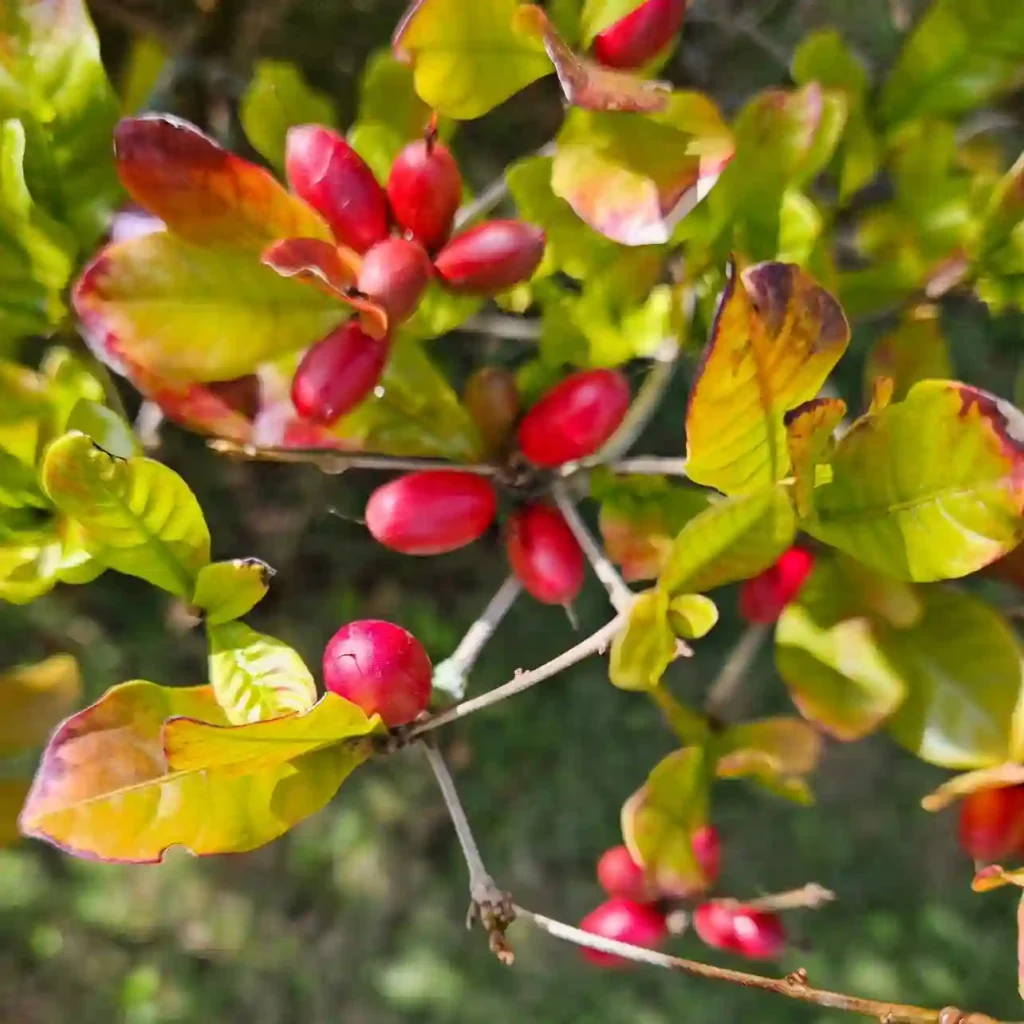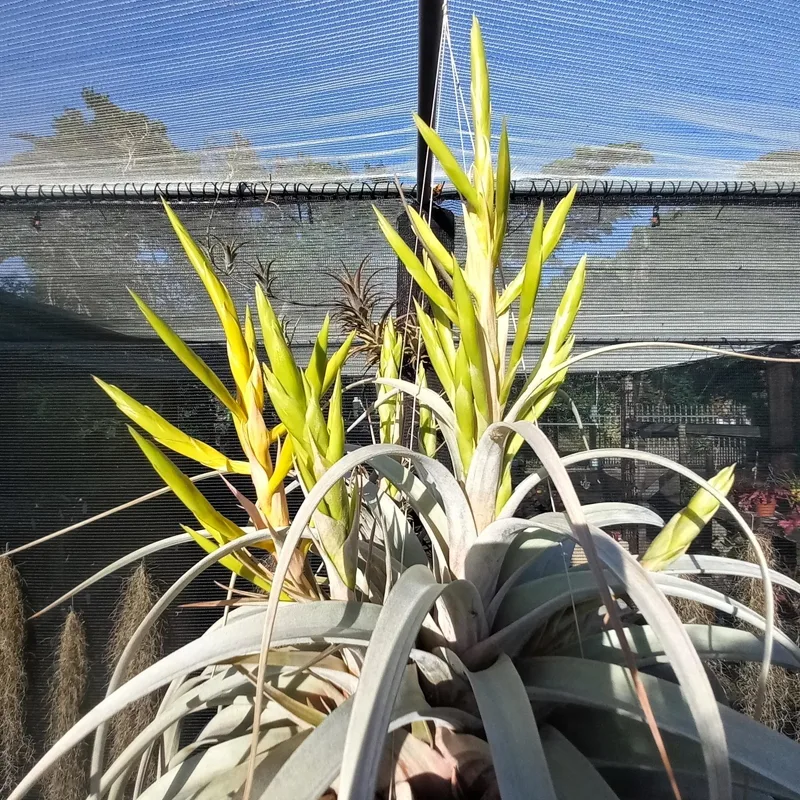
All About Summer Savory: Your Guide to This Fragrant Herb
Hi there, Ferb Vu here. Today, we’re diving into the world of summer savory, a fragrant herb that can elevate your culinary creations. Whether you’re a seasoned chef or a kitchen newbie, summer savory offers a unique flavor profile that’s worth exploring.
48 Species in Genus Satureja
What is Summer Savory?
Summer savory (Satureja hortensis) is an annual herb belonging to the mint family. It’s a close relative of thyme, sage, and rosemary, sharing their history of being cultivated for both culinary and medicinal purposes. This slender-stemmed plant boasts small, grayish-green leaves and produces tiny white or pink flowers in the summer months.
Summer Savory vs Thyme
Summer savory and thyme have both been staples in my kitchen, but they bring different nuances to my dishes. I find that summer savory has a lighter, more peppery flavor that works wonders in summer salads and lighter meats like chicken and fish. There’s something about its freshness that just screams summer to me. Thyme, on the other hand, has a more robust, earthy taste that I love incorporating into hearty stews, roasted vegetables, and meats. When I make a comforting winter soup, thyme is my go-to. I’ve noticed that while both herbs can be used in similar dishes, they each add a distinct flavor profile that makes my cooking more dynamic.
Summer Savory vs Winter Savory
While their names suggest a seasonal connection, summer and winter savory are distinct herbs. Here’s a quick breakdown of their key differences:
- Lifespan: Summer savory is an annual, meaning it completes its life cycle in one season. Winter savory, on the other hand, is a perennial, persisting for several years.
- Flavor: Summer savory boasts a milder, slightly peppery flavor with notes of thyme and mint. Winter savory has a stronger, more pungent, and slightly bitter taste.
- Culinary Uses: Summer savory’s delicate flavor makes it perfect for lighter dishes like fish, poultry, vegetables, and beans. Winter savory’s robust character shines in heartier recipes like stews, soups, and sausages.
When choosing between the two, consider the overall taste profile you want to achieve. Summer savory is ideal for adding a subtle savory touch, while winter savory provides a bolder punch.
Unveiling the Flavor of Summer Savory
Summer savory possesses a unique flavor profile that can enhance various dishes. Here’s a closer look:
- Dominant Note: The primary taste of summer savory is peppery, similar to black pepper but milder and more herbaceous.
- Secondary Notes: Hints of thyme and mint add a pleasant complexity to the peppery base.
- Overall Impression: Summer savory brings a savory warmth and a touch of freshness to your food.
Seasonal Impact: Interestingly, summer savory’s flavor intensifies as the season progresses. The longer it matures under the summer sun, the more pronounced its peppery and herbal notes become.
Culinary Applications of Summer Savory
Summer savory’s versatility makes it a valuable addition to your spice rack. Here are some ways to incorporate it into your cooking:
- Fresh or Dried: Summer savory can be used fresh or dried. Fresh leaves offer a brighter, more herbaceous flavor, while dried leaves provide a more concentrated peppery punch.
- Poultry and Seafood: A sprinkle of summer savory enhances the natural flavors of chicken, fish, and shellfish.
- Vegetables: It complements hearty vegetables like beans, lentils, and potatoes beautifully.
- Soups and Stews: Adding a touch of summer savory to soups and stews adds depth and complexity.
- Herb Mixes: Summer savory is a key ingredient in Herbes de Provence, a popular French herb blend.
Dosage Tips: When using summer savory, start with a small amount and adjust to your taste preference. Fresh leaves are milder, so you can use more liberally. Dried leaves are more potent, so a little goes a long way.
Summer Savory Beyond the Kitchen: Medicinal Applications (Optional)
While not as widely recognized for its medicinal properties, summer savory has a history of traditional use. Some believe it possesses:
- Antibacterial Properties: Studies suggest summer savory may have antibacterial properties, but more research is needed.
- Digestive Aid: Traditionally, it’s been used to alleviate stomachaches and indigestion. However, scientific evidence to support this claim is limited.
Important Disclaimer: It’s crucial to consult a healthcare professional before using summer savory for medicinal purposes.
How to Grow Summer Savory?
If you enjoy fresh herbs, consider growing your own summer savory. Here’s a quick guide:
- Planting: Sow seeds directly outdoors in well-drained soil after the danger of frost has passed.
- Sunlight: Summer savory thrives in full sun, receiving at least six hours of direct sunlight daily.
- Watering: Water regularly, especially during hot and dry periods. Avoid overwatering, as this can lead to root rot.
- Harvesting: Start harvesting leaves once the plant reaches about 6 inches tall. You can pick leaves throughout the growing season.
Fresh vs. Dried: Fresh summer savory offers the most vibrant flavor. However, dried leaves are convenient and have a longer shelf life.
Summer Savory: A Culinary Gem Waiting to be Explored
Summer savory is an underappreciated gem in the culinary world. Its delicate yet peppery flavor profile adds a delightful touch to various dishes. Whether you’re using it fresh or dried, summer savory elevates your cooking with its subtle complexity.
Here are some additional points to consider:
Substitutes: If you don’t have summer savory on hand, you can substitute with other herbs depending on the desired taste. Here are some options:
- Thyme: A good all-purpose substitute that shares some peppery and herbal notes with summer savory. Use slightly more thyme to achieve a similar intensity.
- Marjoram: Offers a milder, sweeter flavor compared to summer savory. Use it sparingly to avoid overpowering the dish.
- Oregano: A more robust substitute with a distinct flavor profile. Use a very small amount to avoid overwhelming the dish.
Storage Tips:
- Fresh: Store fresh summer savory leaves loosely wrapped in a damp paper towel in the refrigerator for up to a week.
- Dried: Keep dried summer savory in an airtight container in a cool, dark place for up to six months.
Final Thoughts:
Summer savory is a versatile herb that deserves a spot in your kitchen. Experiment with it in different dishes and discover its unique ability to elevate your culinary creations. With its easy-to-grow nature, you can even enjoy the satisfaction of cultivating your own summer savory and savoring its fresh flavor throughout the season.
So, the next time you’re looking for a way to add a touch of savory magic to your cooking, reach for the summer savory. You won’t be disappointed!
If i die, water my plants!



